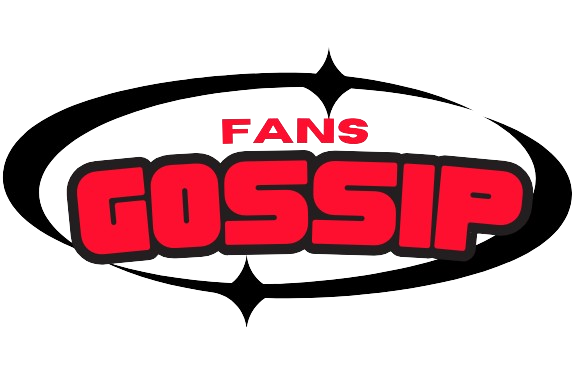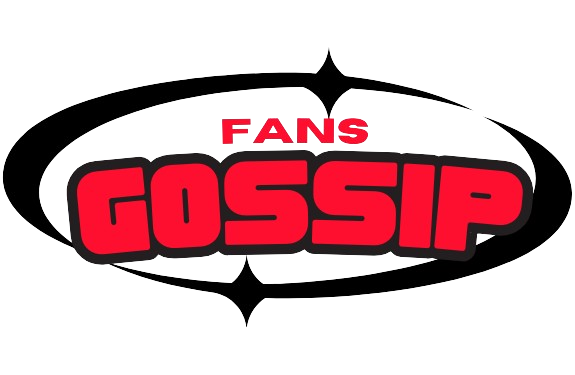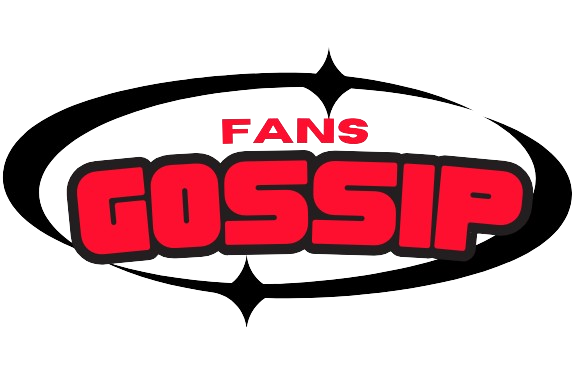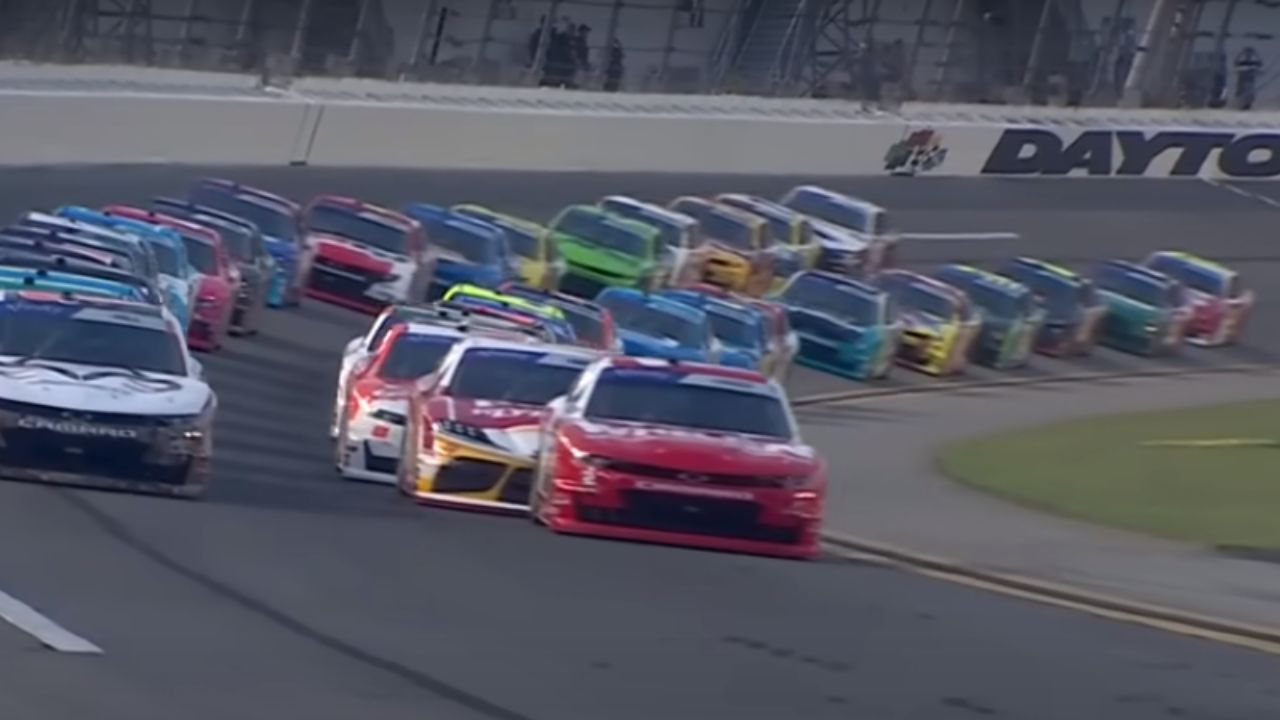In the high-octane world of NASCAR, where speed is paramount and victory often hinges on a delicate balance between skill and fate, superstitions and lucky charms have woven an intricate tapestry around the sport. Beyond the roaring engines and screeching tires, two ethereal entities take center stage around the track – Lady Luck and Dame Fortune. It’s their elusive magic that drivers seek, often in the form of quirky superstitions that have become an intrinsic part of the NASCAR folklore.
View this post on Instagram
Dale Earnhardt and the Art of Leaving: A Superstitious Legacy
Even the legendary Dale Earnhardt, a titan on the track, wasn’t immune to the allure of superstitions. Earnhardt, known for his intimidating aura, had a peculiar habit – he always left a building the same way he entered. A subtle quirk that hinted at a belief in the delicate balance between routine and luck, even for a driver of Earnhardt’s stature.
The Paradox: When NASCAR Drivers Dodge Shell-Shaped Misfortune
In the NASCAR universe, peanuts aren’t just a snack; they’re potential harbingers of misfortune. The superstition traces back to the 1930s, marked by two spine-chilling crashes at Langhorne Speedway and Nashville State Fair, both involving peanut shells. The eerie connection between peanuts and accidents led to an unwritten rule – no peanuts at the track. The shadow of superstition looms large, with stories like Junior Johnson’s crew member, whose engine fatefully blew while indulging in peanuts, reinforcing the belief.
The Enigma of Car Number 13: A Black Cat in Racing Livery
Car number 13 in NASCAR is akin to the notorious black cat crossing one’s path. With only one win in over 650 races, this number carries a heavy burden of superstition. Its lone triumph, orchestrated by Smokey Yunick and Johnny Rutherford in 1963, is a testament to breaking the jinx, albeit momentarily. The enduring stigma surrounding car number 13 showcases how deeply rooted superstitions can become in the fabric of NASCAR.
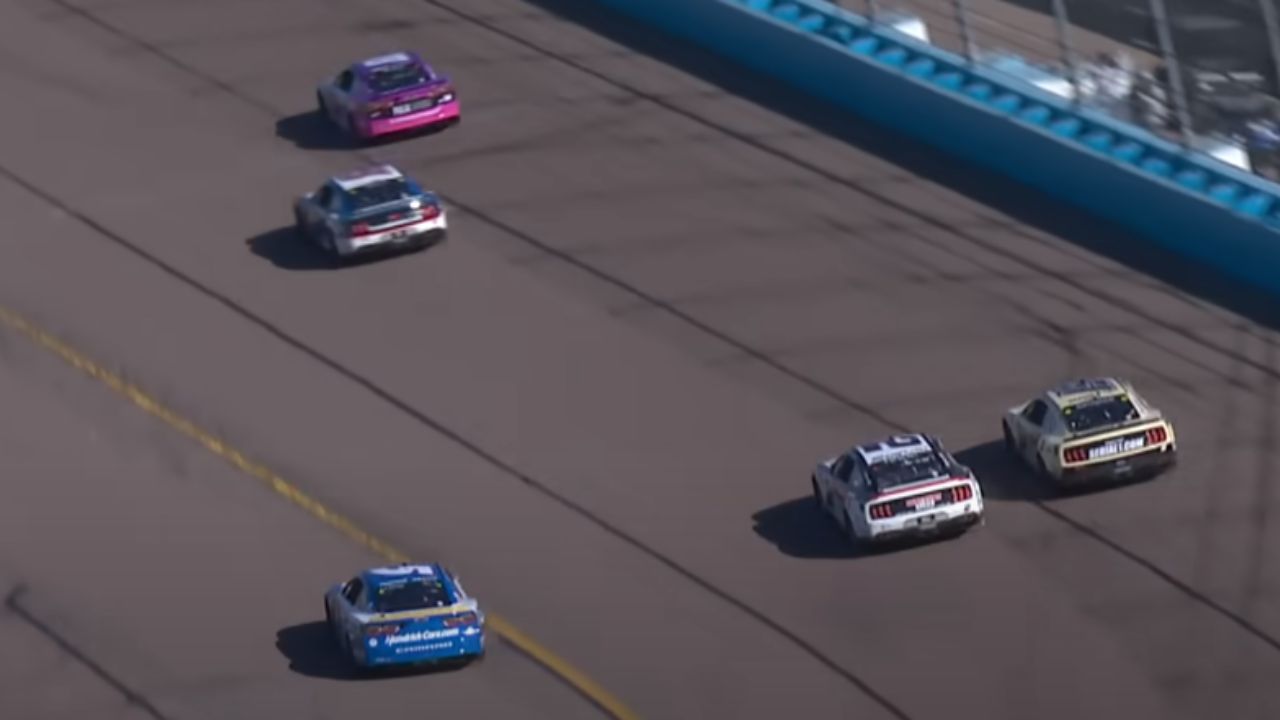
The Green Dilemma: A Chromatic Cautionary Tale
In the kaleidoscopic world of NASCAR, the color green has a checkered past. Two tragic crashes involving green cars, one with Lee Oldfield in 1911 and another with Gaston Chevrolet in 1921, have branded the color as a symbol of ill fate. The echoes of this superstition reverberate in modern times, with drivers like Dale Earnhardt Jr. and Danica Patrick seemingly affected by the green hue of their racing machines.
Racing Charms: Between Superstition and Sentiment
NASCAR drivers, in their quest for fortune, often turn to charms and talismans. Pete Depaolo, racing with his son’s shoes tied beneath his car, swears by this unconventional charm. The one time he deviated from the ritual, ending up in a coma, solidified the belief in the power of racing charms. However, not all drivers find solace in these trinkets. Mark Martin, having a less-than-favorable encounter with a four-leaf clover, steers clear of such good luck charms, showcasing the personalized nature of these superstitions.
Shaving and the Unraveling Threads of Fate
In the intricate web of NASCAR superstitions, even mundane acts like shaving take on a mystic significance. George “Doc” Mackenzie’s tragic fate in 1936, shortly after shaving off his “lucky” goatee, became a cautionary tale. The ritualistic avoidance of shaving on race day became a silent pact among drivers, highlighting the delicate dance between routine and the unknown.
The $50 Bill: A Racing Currency of Ill Omen
In the realm of NASCAR superstitions, the $50 bill stands as a harbinger of ill fortune. Joe Weatherly’s tragic crash and demise in 1964, carrying two $50 bills, cast a shadow over this denomination. Even champions like Dale Earnhardt Sr. and Tony Stewart steered clear of the supposedly jinxed bill on race day. The superstition around the $50 bill adds a layer of intrigue to the rituals observed by NASCAR’s elite.
A Symphony of Superstitions
In the fast-paced, high-stakes world of NASCAR, superstitions aren’t merely about dodging bad luck; they’re a quest for stability and an attempt to summon good fortune. These rituals, as peculiar as they may seem, add an extra layer of magic to the race track. In the shadow of these superstitions, drivers navigate the fine line between routine and the unpredictable, believing that a touch of magic might just be the extra push needed for victory.
